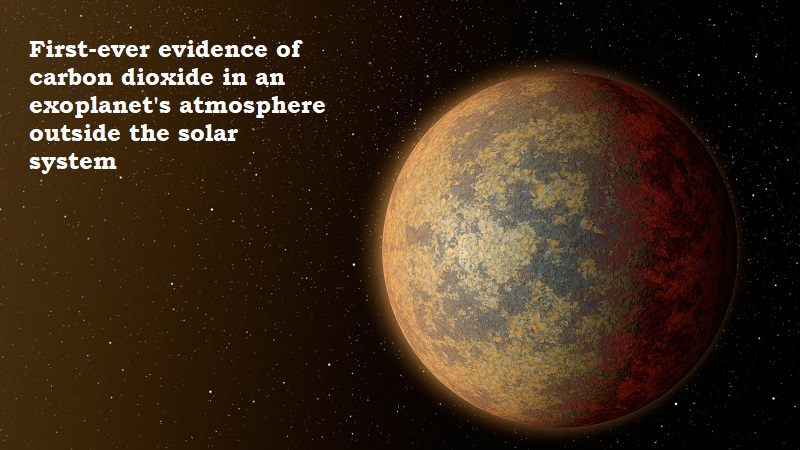
The James Webb Space Telescope has discovered carbon dioxide for the first time in the atmosphere of a planet outside of our solar system.
Although the exoplanet will never be able to support life as we know it, the successful discovery of CO2 gives researchers optimism that comparable observations could be made on rocky worlds more friendly to life.
NASA, the US space agency, claims that the discovery of CO2 will also aid research into the formation of WASP-39.
WASP-39 orbits a star 700 light years from Earth and has a mass one-fourth that of Jupiter but a diameter 1.3 times larger.
The frequency of its orbit and the size of its atmosphere, according to Natalie Batalha, a professor at the University of California, Santa Cruz, and one of the many people who worked on the Webb project, made WASP-39 a prime candidate for an early test of NIRSpec, Webb’s cutting-edge infrared sensor.
The exoplanet, which blocks nearly minuscule amounts of light, revolves around its star once every four days, or four Earth days.
The atmosphere of WASP-39 had previously been discovered by Hubble and Spitzer telescopes to contain water vapour, sodium, and potassium.

Post Your Comments